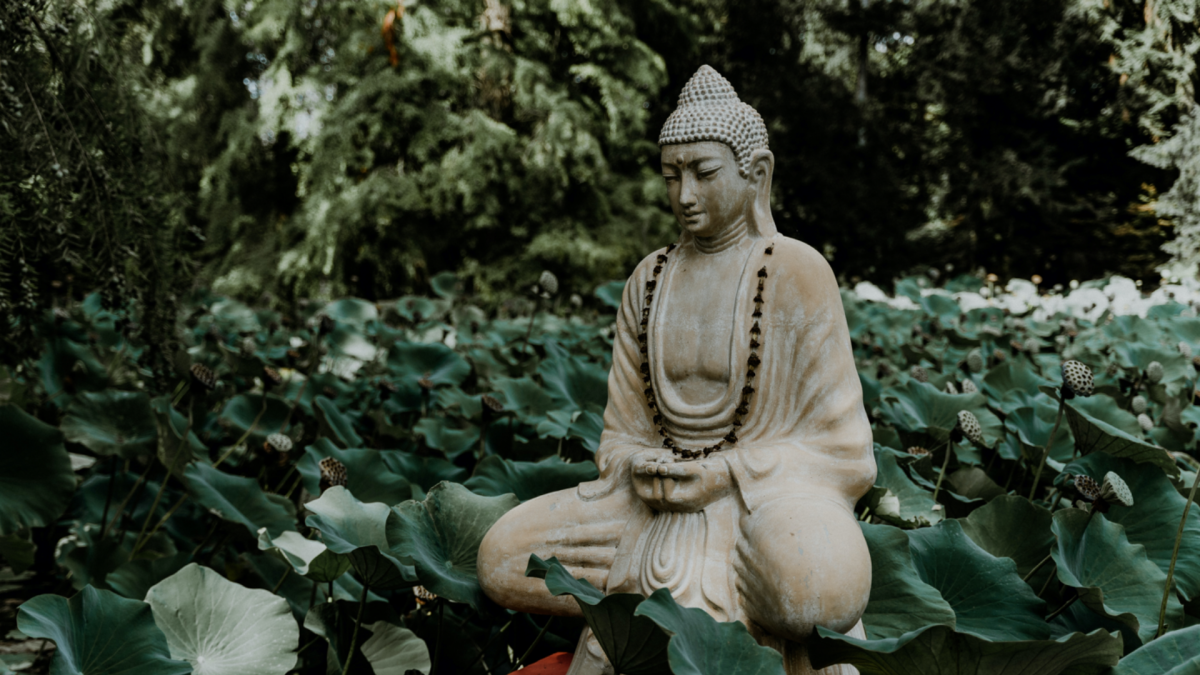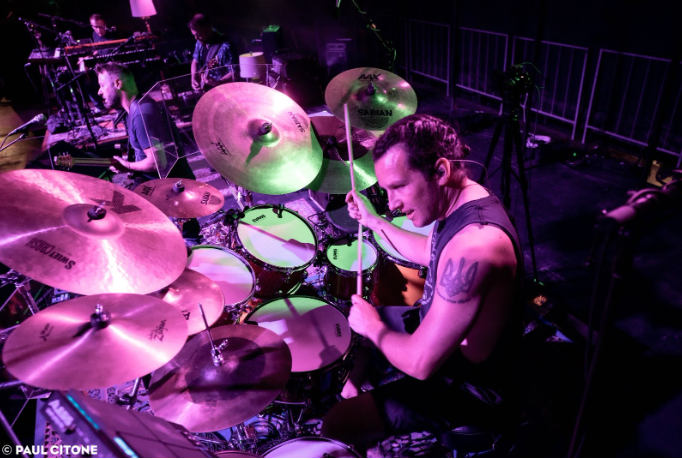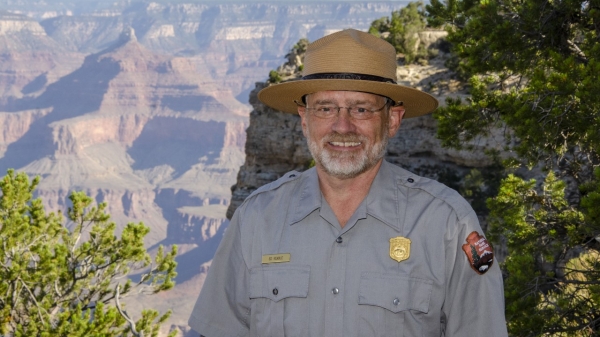Students reflect on final projects from Buddhism course

Photo courtesy of Pexels
James Edmonds, an Arizona State University alumnus who earned his PhD in religious studies in 2021, taught a course as a faculty associate on Buddhism this spring for the first time and opened the final project up to artistic interpretations.
The course was originally designed by Associate Professor of religious studies Huaiyu Chen and provides an overview of the historical, sociocultural and textual life of Buddhism. The topics include the life of the historical Buddha, the development and movement of Buddhism into East Asia and the way in which Western colonialism has often used, appropriated and created Buddhism as a religion that fits into the category of religion as a colonial invention.
For the final project of the course, Edmunds assigned students to either write an essay or develop an artistic way to demonstrate what they learned during the semester. Many of his students, however, were drawing their understanding of Buddhism from popular American culture, and this final project was his attempt to nourish the students’ individual desires to study Buddhism while countering what they thought was true about things such as karma, dhamma — which is loosely translated to mean natural law or moral order — and meditation.
“In my experience, students have felt even more uncertain than before,” said Edmunds. “I began the project with ‘life is hard,’ because for most people, life has been very difficult. I wanted to help students understand or reorient themselves to the history and lived reality of Buddhism while doing things that were personally interesting or fulfilling to them.”
Their final projects exceeded his expectations, with students creating paintings, documentary-style film productions, lesson plans and papers that were five to 10 pages over the required amount.
“This allows them to learn while also developing skills that are more in line with what they want to do with their education,” said Edmunds. “I have found that flexibility in the final project allows students the freedom that they want to be themselves, and students usually do more work and more learning when given the opportunity to create something that makes sense to them.”
A few of the students shared their reason for signing up for the class, their experience with the final project and what they learned throughout the course.
Images of happiness
Megan Richard is an undergraduate student earning her bachelor’s in integrative health from the Edson College of Nursing and Health Innovation. She registered for the course because of her genuine interest in religious studies and wanted to evaluate what other cultures define as the “ultimate truth.”
“Personally, I have several friends who began their bodhisattvaSomeone who has achieved enlightenment but puts off entering nirvana in order to help others. journey years ago who have experienced remarkable changes in their lives, so I wanted to acquire more knowledge about Buddhism,” said Richard.
Her final project focused on comparing different interpretations of how happiness is defined in various cultures. She researched Eastern and Western ideologies and assessed their differences and what they shared in common.
“This was a challenging project, as it dealt with such an ambiguous topic with a multiplicity of interpretations,” said Richard.
She decided to conduct interviews with a variety of people and asked them each to draw a quick sketch of what they perceived as happiness. The people involved were a middle-aged Mormon man, an elderly Baptist woman, a 30-year-old agnostic, an 8-year-old girl, a bodhisattva of 10 years and a 2-year-old boy.
After completing their sketches, Richard asked them to describe what their images meant to them and how they believed happiness could be achieved. See their answers in the gallery below.
Comparing the idea of ‘self’
Aidan Fox is an undergraduate earning his bachelor’s degree in film (film and media studies) from the Department of English. In the summer of 2020, he converted to Zen Buddhism and enrolled in the course to pursue an academic approach to understanding Buddhism and Buddhist historical development.
“I converted to Zen Buddhism as a means of changing my worldview and addressing my developing mental health conditions as a result of the pandemic,” said Fox. “This class filled much-needed elective credits while also covering subject matter near and dear to my heart.”
He wrote an essay for his final project on the commonalities between Buddhism and Marxism, specifically their understanding of human suffering. His essay focused on the Marxist idea of rejecting individualism and the importance of learning how humans are all connected and the Buddhist concept of emptiness and the rejection of there being a “true self.”
“I begin to philosophically analyze what conclusions these respective schools of thought come to as a result of their observations regarding ‘self’ and ‘individuality,’” said Fox. “I truly believe that everyone, regardless of their faith, should research Buddhism. I think Buddhism has core principles that can be applied to virtually anyone's lifestyle without having to radically convert to it.”
The Noble Truths and Alcoholics Anonymous
Nicholas Tkachyk is earning his bachelor’s degree in liberal studies from the College of Integrative Sciences and Arts. He enrolled in the class in part because he was nervous to jump back into his college education after taking some time away and assumed the class would be easier than enrolling in math or psychology. The other part of his enrollment came from an enthusiasm for spirituality and learning how different groups of people seek God and themselves.
“The title of my final project was, ‘Buddhism and Alcoholics Anonymous: Parallels to Awakening,’” said Tkachyk. “The paper explored various similarities between the path of a Buddhist and the path of a recovering alcoholic.”
After his own experience with Alcoholics Anonymous (AA), he realized the methods and principles involved in the program may have originated from the Buddhist way of life.

Nicholas Tkachyk plays the drums with his band, Spafford. Photo courtesy Paul Citone
“Exploring the topic of similar paths to awakening was challenging in that it seemed like everything was the same,” said Tkachyk. “Therefore, I had to pick and choose which specific points to highlight in my paper.”
He chose to compare three ideas of AA and Buddhism. The first parallel he drew was between Buddhism's First Noble Truth, known as the truth of suffering, and AA's first step, admitting powerlessness over alcohol.
The second comparison looked at the Buddhist Eightfold Path, which is the path of adopting the right view, right aspiration, right speech, right conduct, right livelihood, right effort, right mindfulness and right concentration, against AA's Twelve Steps, the full program used by AA.
His final parallel was between the bodhisattva, a person who is able to reach nirvana but delays doing so out of compassion in order to save suffering beings, compared to the AA's Twelfth Step, which is to carry the message to others.
“This is an interesting topic to me, and in the future I would like to expand on parallels between all spiritual and religious paths,” said Tkachyk. “I would highly recommend anyone interested in religion, spirituality, history, science, God, humans, the universe, etc., to experience this course with an open mind and an open heart. It felt fun, liberating and exciting to take this course.”
More Arts, humanities and education

Grand Canyon National Park superintendent visits ASU, shares about efforts to welcome Indigenous voices back into the park
There are 11 tribes who have historic connections to the land and resources in the Grand Canyon National Park. Sadly, when the…
ASU film professor part of 'Cyberpunk' exhibit at Academy Museum in LA
Arizona State University filmmaker Alex Rivera sees cyberpunk as a perfect vehicle to represent the Latino experience.Cyberpunk…

Honoring innovative practices, impact in the field of American Indian studies
American Indian Studies at Arizona State University will host a panel event to celebrate the release of “From the Skin,” a…




